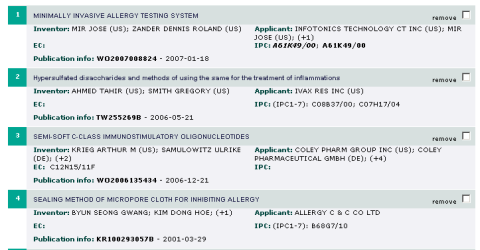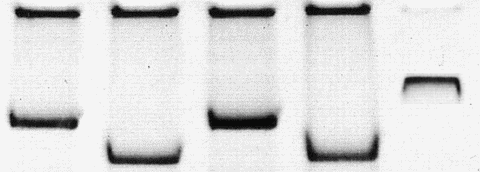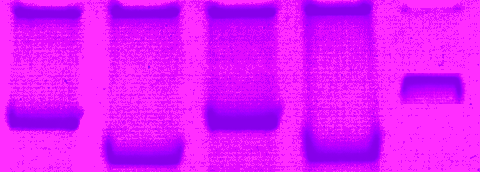Delusion is a common symptom of paranoid schizophrenia ICD10 F20.0, usually combined with hallucinations (either auditory – noises or voices, visual or other perceptions of smell or taste). The most common paranoid symptoms are delusions of persecution, reference, exalted birth, special mission, bodily change, or jealousy. It has been most impressing (and harrowing) to see these patients as a medical student in Vienna at Baumgartner Höhe. Of course I visited Berggasse 19 but there have been more pioneers in Vienna like Krafft-Ebing).
We are arriving now at my main question: What is the difference between delusion and a scientific hypothesis? This question stems from a recent appraisal of the “TH17 revision” of the TH1/TH2 hypothesis by Lawrence Steinman
A historical perspective on the TH1/TH2 hypothesis is illuminating, both for its insights into important immunological phenomena and for its revelations about how groups of highly trained intellectuals, in this case immunologists, can adhere to an idea for so many years, even in the face of its obvious flaws.
He refers mainly to predictions of EAE outcomes – as an allergologist I could add more examples where the simple TH1/TH2 paradigma did not work. What is the difference between delusion and a scientific hypothesis? In my opinion the answer is context dependent as there is not so much difference – delusion will not be so persistent over time (although it is nearly impossible to convince somebody that he is captured by a delusion) while a poor hypothesis is usually more persistent (but there is a good chance to convince somebody that a hypothesis is wrong). Steinman also has some advice
We should not become fixated on the hypothesis, as if it were a ‘Law’, which in any case may fall in the face of new data that such a Law cannot explain. Most importantly, we should not ignore aberrant data that cannot be explained by a concept, whether it is deemed a Law or, more modestly, a Hypothesis. We should always be careful to explain those quirky aberrant points in the data and those annoying blemishes and flaws in the scientific theory. They may be hiding a tremendous new insight.




